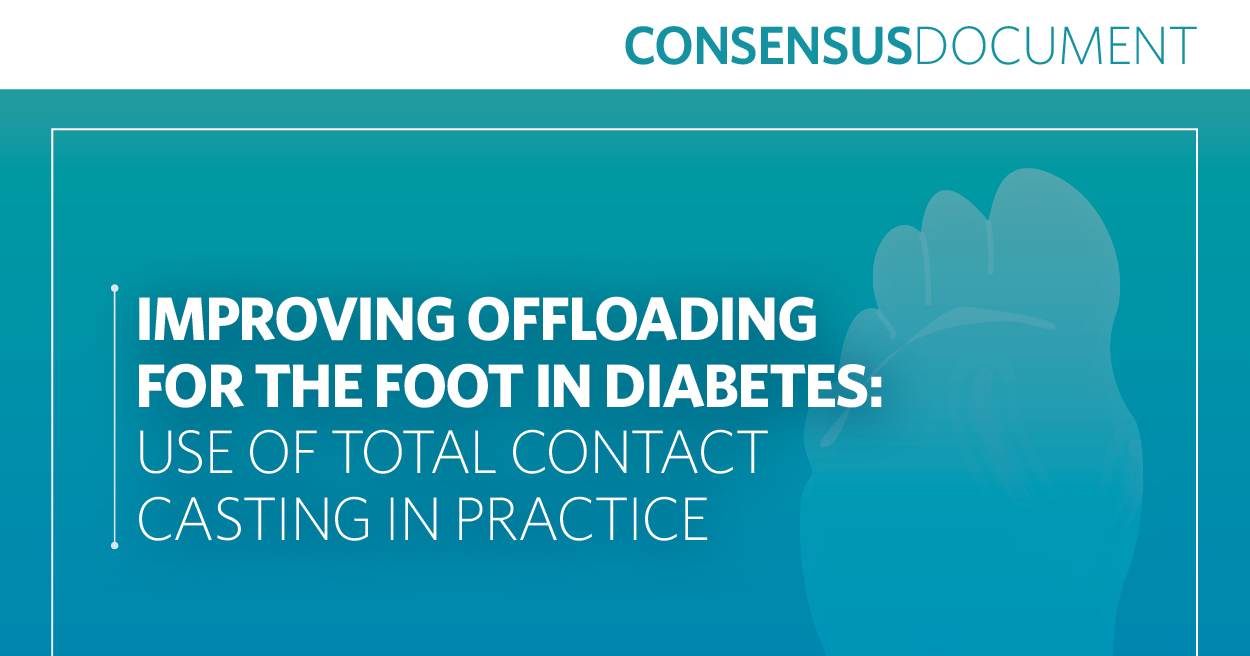This quarter’s papers highlight the continuing message that people with diabetic foot ulcers (DFUs) are the most vulnerable diabetes patient group as they have a substantially greater mortality than individuals without ulceration. Martins-Mendes et al (summarised below) report that foot ulceration is more than just a marker of complication status: it is an independent factor in determining mortality rates. Something that I have wanted confirming for some time.
Secondly, Brownrigg et al (summarised alongside) report that all-cause mortality is four times greater, and the presence of cardiovascular disease is 2.5 times greater for people with DFU than matched non-ulcer individuals. However, surprisingly, the proportion of deaths due to cardiovascular disease (CVD) in their cohort was less than 20%. In my own study (Young et al, 2008), this was nearer to 75%, which is more in keeping with the causes of death in people with type 2 diabetes overall and with the findings of Bergis et al (summarised on the opposite page) who reported that, in their participants, coronary heart disease (CHD) was the most important factor to determine survivability.
Many commentators on diabetes foot care are calling for increased attention to be paid to the cardiovascular risk of people with DFU, and Bergis et al join this group. They could perhaps have been a little more definite in their conclusion, rather than just saying: “For optimal management of Charcot neuro-osteoarthropathy, adequate diagnostics and treatment of CHD […] should be considered”.
The paper by Brooke et al (summarised on the opposite page) further adds to this movement; they determined that the more general diabetes care the CVD cohort of participants received following lower extremity revascularisation procedures, the less likely they were to lose limbs or be admitted to hospital post-operatively.
The aim of the multidisciplinary team approach to diabetes foot care is in healing ulcerations, but we can also aim to provide good general diabetes and cardiovascular risk management. This is a message that is growing, but needs to go further.
To read the article summaries, please download the PDF from the article options link at right.





